Home>Articles>How To Light Up A Living Room With No Overhead Light
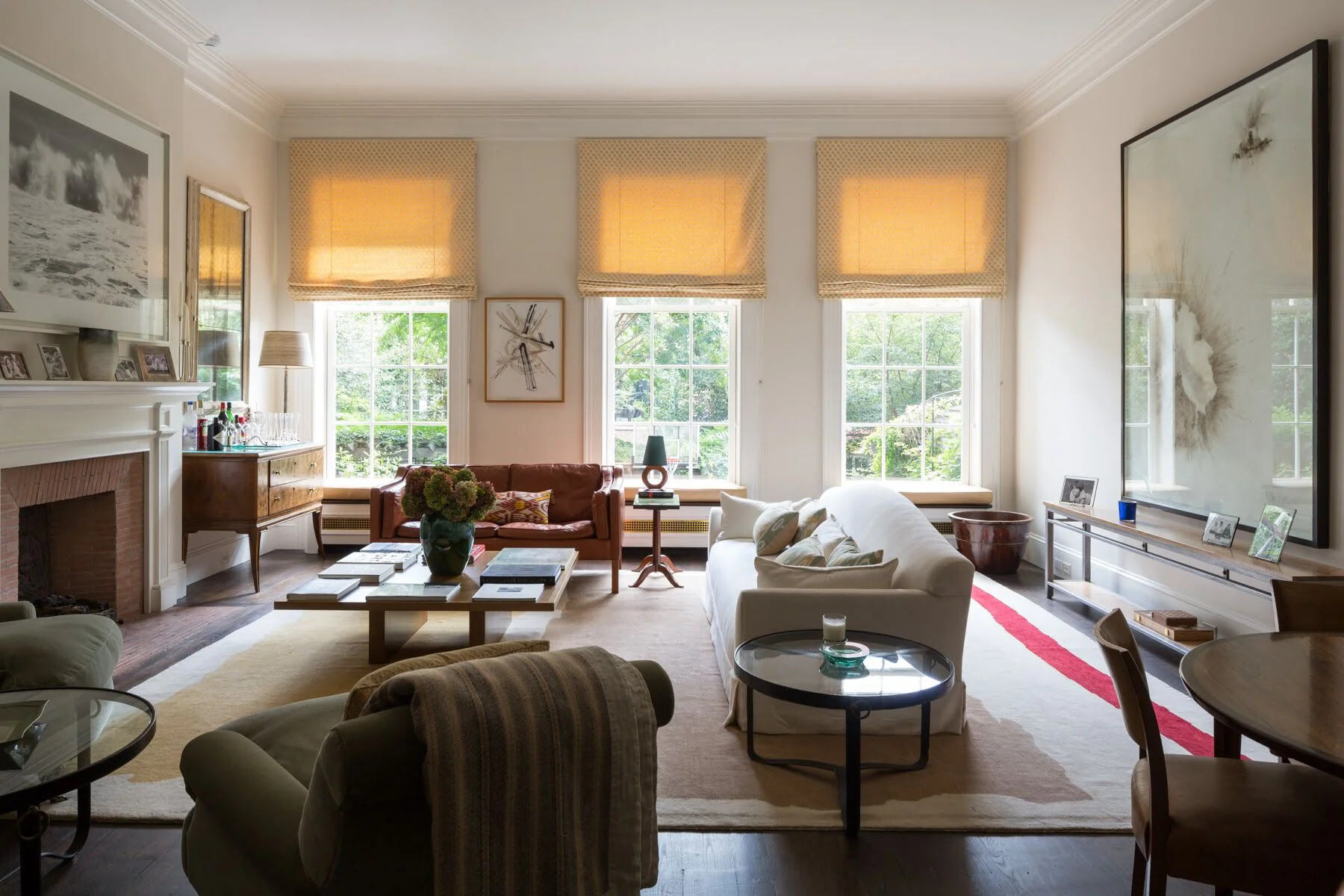

Articles
How To Light Up A Living Room With No Overhead Light
Modified: October 20, 2024
Discover helpful articles on how to illuminate your living room without overhead lighting. Find expert tips and creative solutions to brighten up your space.
(Many of the links in this article redirect to a specific reviewed product. Your purchase of these products through affiliate links helps to generate commission for Storables.com, at no extra cost. Learn more)
Introduction
In many homes, particularly older ones or apartments, the living room may not have an overhead light fixture. This can pose a challenge when it comes to lighting up the space and creating a comfortable and inviting ambiance. However, there are several strategies you can employ to overcome this limitation and make your living room shine, quite literally. In this article, we will explore various methods to light up a living room with no overhead light.
By incorporating the following techniques, you can transform a dimly lit room into a well-lit and visually appealing space. Whether you prefer a cozy and intimate atmosphere or a bright and vibrant environment, these methods will allow you to create the perfect lighting design for your living room.
Key Takeaways:
- Transform a dimly lit living room by strategically using floor lamps, table lamps, wall sconces, pendant lights, string lights, task lighting, and natural light to create a well-lit and visually appealing space that suits your needs and preferences.
- Embrace creativity and experiment with different lighting combinations to overcome the absence of an overhead light, creating a warm, inviting, and visually stunning living room that reflects your personal style.
Read more: How To Light Up Living Room
Method 1: Floor Lamps
One of the easiest and most effective ways to light up a living room without an overhead light is by using floor lamps. Floor lamps not only provide ample light but also add a stylish and decorative element to the room. Here are a few tips on how to incorporate floor lamps into your living room lighting:
- Placement: Place floor lamps strategically around the room to distribute light evenly. Consider corners, near seating areas, or behind furniture to create a warm and inviting atmosphere.
- Style and Design: Choose floor lamps that complement your existing decor and personal style. From sleek and modern designs to vintage-inspired pieces, you can find a wide range of options to match your aesthetic preferences.
- Adjustability: Look for floor lamps with adjustable heads or arms so that you can direct the light wherever it is needed. This allows you to create focused task lighting or diffuse ambient lighting based on your needs.
- Bulb Type: Consider the type of bulb you use in your floor lamps. LED bulbs are energy-efficient and provide long-lasting illumination, while incandescent bulbs create a warm and cozy glow.
- Height: Choose floor lamps of varying heights to add visual interest and layers of light. Taller floor lamps can provide overall illumination, while shorter ones can be placed near seating areas to create a cozy reading nook.
Overall, floor lamps are a versatile lighting solution for a living room without an overhead light. By selecting the right style, placement, and bulb type, you can create a well-lit and comfortable space that suits your needs and preferences.
Method 2: Table Lamps
Table lamps are another fantastic option for lighting up a living room with no overhead light. Not only do they provide ample illumination, but they also add a touch of elegance and style to the space. Here are some tips on incorporating table lamps into your living room lighting:
- Placement: Place table lamps strategically on side tables, consoles, or shelves to create a balanced and well-lit environment. Consider placing them near seating areas or reading nooks for focused task lighting.
- Size and Scale: Choose table lamps that are proportionate to the furniture and the room itself. Oversized lamps can overpower small spaces while tiny lamps may get lost in larger rooms.
- Style: Select table lamps that complement your living room’s decor and reflect your personal style. From sleek and modern designs to antique or vintage-inspired pieces, there is a wide range of options available to suit every taste.
- Shade Material: Consider the material of the lampshade to enhance the lighting effect. Fabric lampshades can create a soft and diffuse glow, while metal or glass shades can offer a more focused and direct light.
- Bulb Type: Choose the right bulb for your table lamps. LED bulbs are energy-efficient and long-lasting, while incandescent bulbs create a warm and cozy ambiance. Additionally, consider using dimmable bulbs or lamps with built-in dimmer switches for adjustable lighting levels.
Table lamps not only provide functional lighting but also serve as decorative elements in your living room. By considering the placement, size, style, and bulb type, you can create a warm and inviting atmosphere that complements your overall design aesthetic.
Method 3: Wall Sconces
Wall sconces are a stylish and space-saving lighting solution for a living room without an overhead light. These fixtures are mounted on the walls and can provide both ambient and accent lighting. Here are some tips on incorporating wall sconces into your living room:
- Placement: Install wall sconces at eye level or slightly higher to ensure optimal illumination. Consider placing them on either side of a mirror, artwork, or fireplace to create a dramatic effect.
- Style: Choose wall sconces that match the overall style of your living room. From modern and minimalist designs to ornate and traditional fixtures, select sconces that complement your existing decor.
- Directional or Adjustable: Opt for wall sconces that allow you to adjust the direction of the light. This enables you to highlight specific areas or create different moods in the room.
- Bulb Type: Consider the type of bulb used in your wall sconces. LED bulbs are energy-efficient and long-lasting, while halogen bulbs provide a brighter and more focused light. Choose the bulb that best suits your lighting needs.
- Wiring: If your living room doesn’t have existing wiring for wall sconces, consider using battery-operated or plug-in options that eliminate the need for electrical work.
Wall sconces not only provide functional lighting but also serve as decorative elements that can enhance the ambiance of your living room. By selecting the right placement, style, and bulb type, you can create a visually appealing and well-lit space.
Method 4: Pendant Lights
Pendant lights are a popular choice for adding stylish and practical lighting to a living room without an overhead light. These hanging fixtures can provide both functional and decorative lighting, making them a versatile option. Here are some tips for incorporating pendant lights into your living room:
- Placement: Install pendant lights in strategic locations, such as over a coffee table, dining area, or seating arrangement. Consider the height and scale of the room when determining the ideal placement.
- Style and Design: Choose pendant lights that complement your living room’s aesthetic. Whether you prefer a modern, industrial, or vintage look, there are countless options available to suit your style.
- Number and Size: Determine the number and size of pendant lights based on the size of the room and the desired lighting effect. Multiple smaller pendants can create a chic and dramatic look, while a single large pendant can make a bold statement.
- Height: Adjust the height of the pendant lights to achieve the desired lighting and visual impact. Higher placement can provide more general illumination, while lower placement can create a focused and intimate atmosphere.
- Bulb Type: Consider the type of bulb used in your pendant lights. LED bulbs are energy-efficient and long-lasting, while Edison bulbs can add a vintage touch. Choose a bulb that complements the overall ambiance you want to create.
Pendant lights not only provide practical lighting but also serve as eye-catching focal points in your living room. With careful consideration of placement, style, and bulb type, you can illuminate your space and enhance its overall appeal.
Use floor lamps, table lamps, and wall sconces to create multiple points of light in the room. Choose LED bulbs with a warm color temperature to create a cozy atmosphere.
Read more: How To Choose Lighting For A Living Room
Method 5: String Lights or Fairy Lights
String lights or fairy lights are a charming and versatile lighting option that can instantly transform a living room without an overhead light. These twinkling lights can create a cozy and magical atmosphere, perfect for creating a warm ambiance. Here are some tips on using string lights or fairy lights in your living room:
- Placement: String lights can be draped across walls, hung from ceiling beams, or wrapped around furniture and accessories. Experiment with different arrangements to find the placement that creates the desired effect.
- Style and Design: Choose string lights or fairy lights in a style that matches your living room’s aesthetic. From classic white lights to colorful or warm-toned options, there are numerous styles to choose from.
- Length and Density: Consider the length and density of the string lights when selecting them for your living room. Longer strings can cover more area, while denser lights can provide a brighter illumination.
- Power Source: Decide whether you want battery-operated, plug-in, or solar-powered lights based on the accessibility of the power source and your preference for ease of installation.
- Decorative Accessories: Enhance the visual appeal of your string lights by adding decorative accessories such as lanterns, paper stars, or sheer curtains. These additions can create a whimsical and enchanting ambiance.
String lights or fairy lights are a simple and cost-effective way to add a touch of magic to any living room. With their flexibility in placement, style, and power source, you can create a cozy and inviting space that radiates warmth and beauty.
Method 6: Task Lighting
Task lighting is crucial for creating functional and focused lighting in a living room without an overhead light. This type of lighting is particularly useful for specific activities such as reading, working, or doing hobbies in the living room. Here are some tips on incorporating task lighting into your space:
- Desk Lamps: Place a desk lamp on a side table or console near your workspace. Choose a lamp with an adjustable head and brightness settings to customize the lighting for your tasks.
- Floor Lamps: Position a floor lamp next to a reading chair or a work area. Look for a floor lamp with a focused and directional light to provide optimal lighting for your specific task.
- Clip-on Lights: Utilize clip-on lights that can easily attach to shelves, bookcases, or headboards. These lights can be adjusted to direct light exactly where it’s needed.
- Under Cabinet Lighting: If you have cabinets or shelves in your living room, consider installing under-cabinet lighting. This type of lighting is ideal for illuminating work surfaces in a kitchenette or home office area.
- Table Lamps: Place table lamps on side tables near seating areas. These lamps can provide focused light for activities such as reading or playing board games.
Task lighting allows you to create a well-lit and functional living room by providing ample light for specific activities. By strategically placing desk lamps, floor lamps, clip-on lights, or under-cabinet lighting, you can ensure that you have adequate lighting for all your tasks in the living room.
Method 7: Natural Lighting
Utilizing natural lighting is a fantastic way to brighten up a living room without an overhead light. Not only does natural light provide a refreshing and inviting atmosphere, but it also saves energy and positively impacts your mood and well-being. Here are some tips for maximizing natural lighting in your living room:
- Window Treatments: Opt for light-colored or sheer curtains that allow natural light to filter through while maintaining privacy. Avoid heavy or dark-colored curtains that can block out light.
- Mirror Placement: Position mirrors strategically across from windows to reflect and amplify natural light. Mirrors can create the illusion of a bigger and brighter space.
- Furniture Placement: Arrange furniture to make the most of natural light. Place seating areas near windows to take advantage of the sunlight and avoid obstructing the flow of light.
- Light-Colored Walls: Paint walls in light colors to help bounce light around the room and make it feel more spacious and airy.
- Window Size and Shape: If possible, consider adding or enlarging windows to maximize natural light intake. Additionally, windows with unique shapes, like bay windows, can allow light to enter from different angles.
- Skylights or Sun Tunnels: If your living room doesn’t have many windows, consider installing skylights or sun tunnels to bring in additional natural light from above.
Natural lighting not only brightens up the living room but also creates a refreshing and calming atmosphere. By utilizing window treatments, mirrors, light-colored walls, and strategic furniture placement, you can maximize the amount of natural light flowing into your living space.
Conclusion
Lighting up a living room without an overhead light may initially seem challenging, but with the right strategies and creativity, you can create a well-lit and inviting space. By incorporating various lighting methods such as floor lamps, table lamps, wall sconces, pendant lights, string lights, task lighting, and maximizing natural light, you can transform your living room into a bright and beautiful area.
Consider the placement, style, and bulb type for each lighting option to create the desired ambiance. Floor lamps and table lamps provide both functional and decorative lighting, while wall sconces and pendant lights offer unique design elements. String lights or fairy lights add a touch of magic, and task lighting ensures focused light for specific activities. Don’t forget the power of natural light, which can greatly enhance the overall atmosphere of the room.
Experiment with different combinations of lighting methods to find the perfect blend that suits your needs and enhances the aesthetic of your living room. Remember, lighting is not just about functionality, but also about creating a warm and inviting environment that reflects your personal style.
So don’t let the absence of an overhead light limit your creativity. Embrace these lighting techniques, get creative, and watch as your living room transforms into a well-lit and visually stunning space that you and your guests will love.
Frequently Asked Questions about How To Light Up A Living Room With No Overhead Light
Was this page helpful?
At Storables.com, we guarantee accurate and reliable information. Our content, validated by Expert Board Contributors, is crafted following stringent Editorial Policies. We're committed to providing you with well-researched, expert-backed insights for all your informational needs.
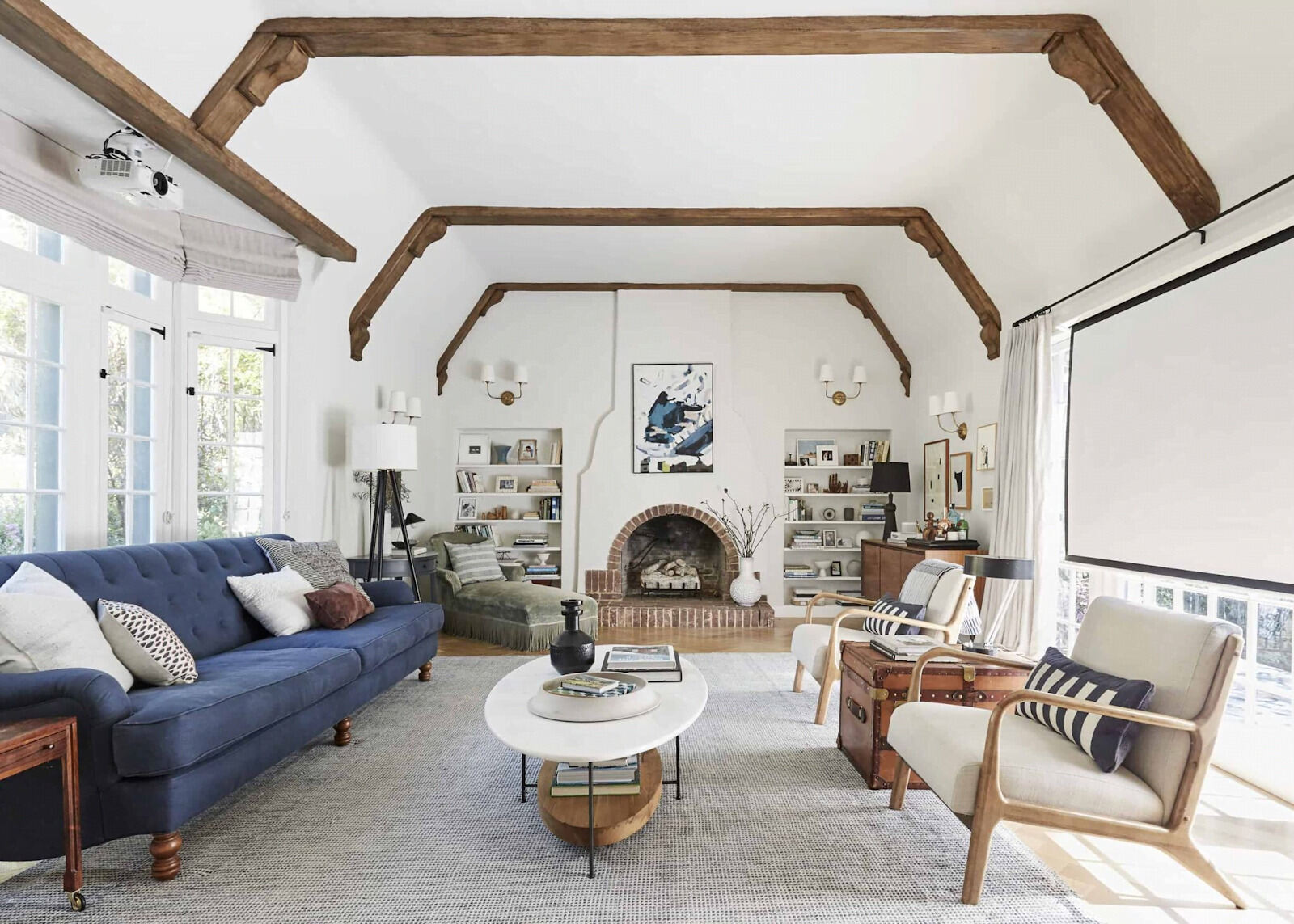
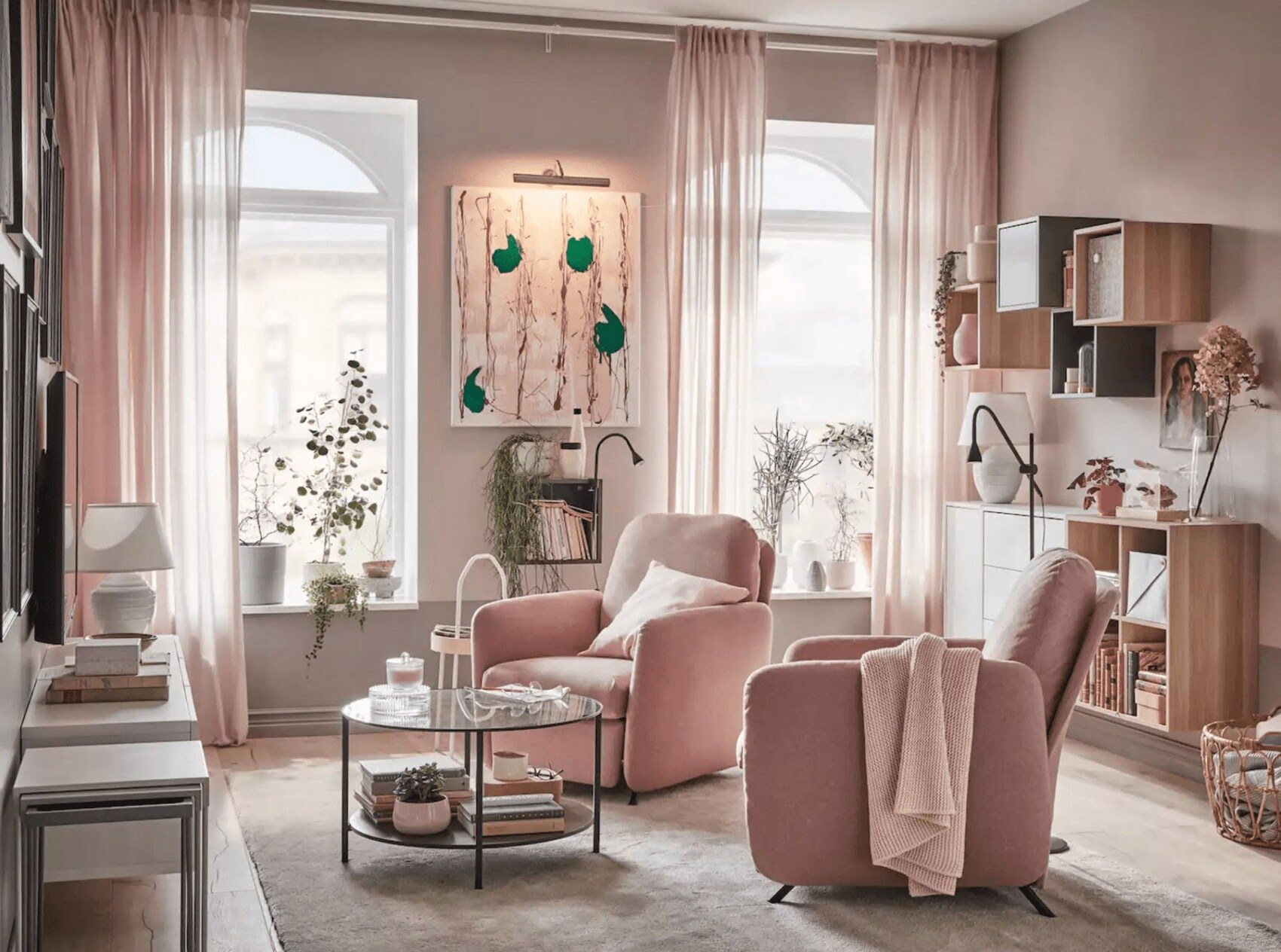
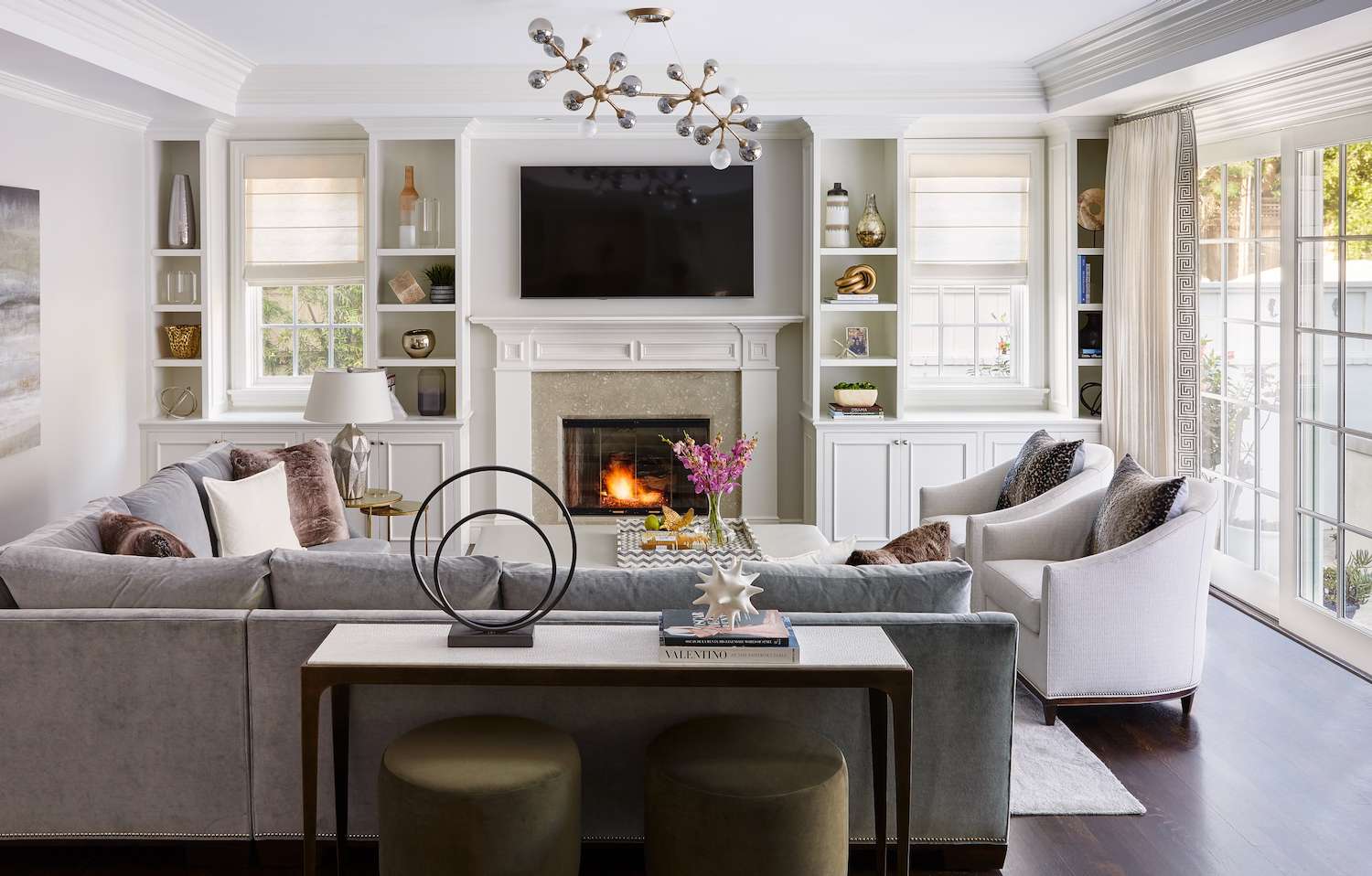
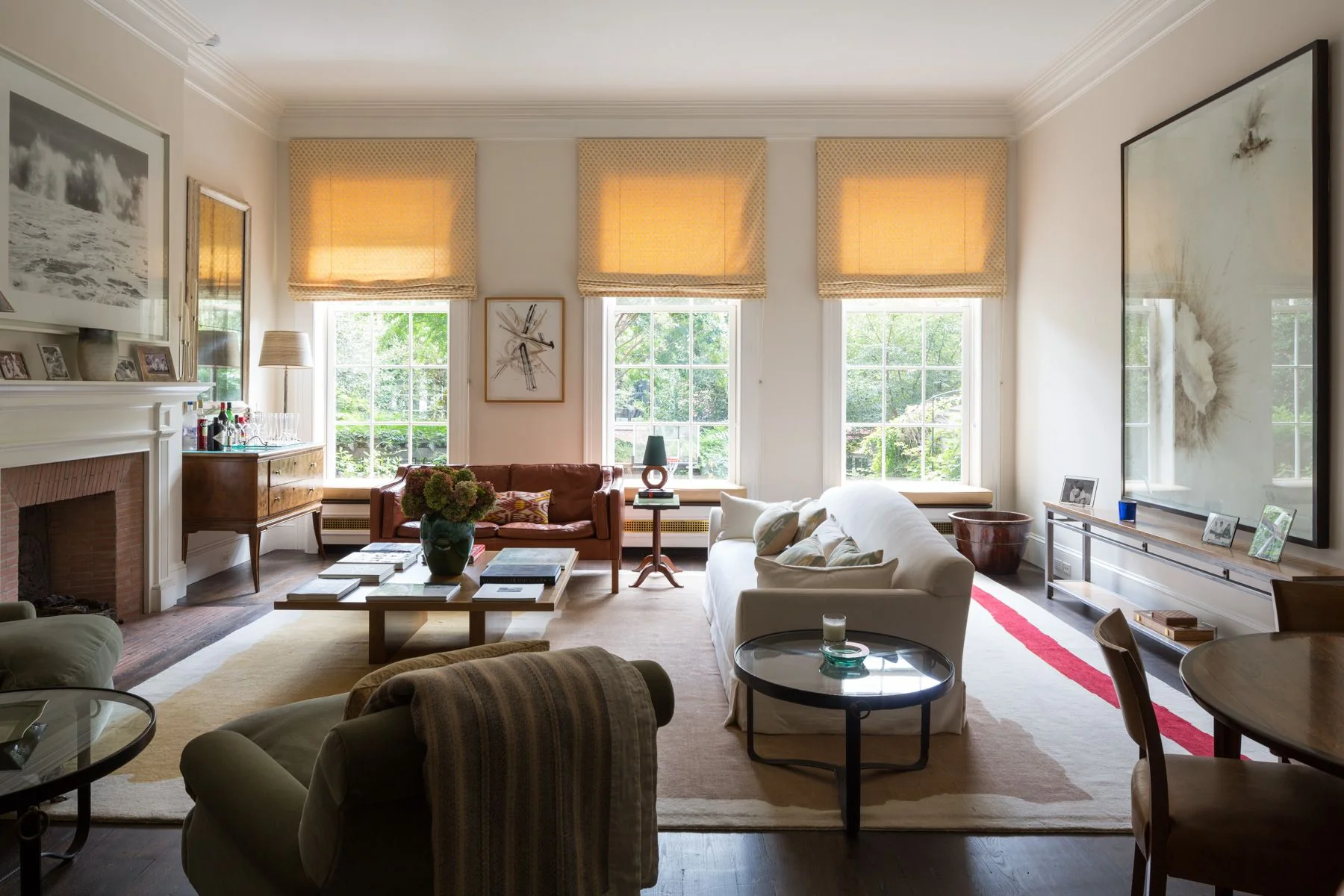
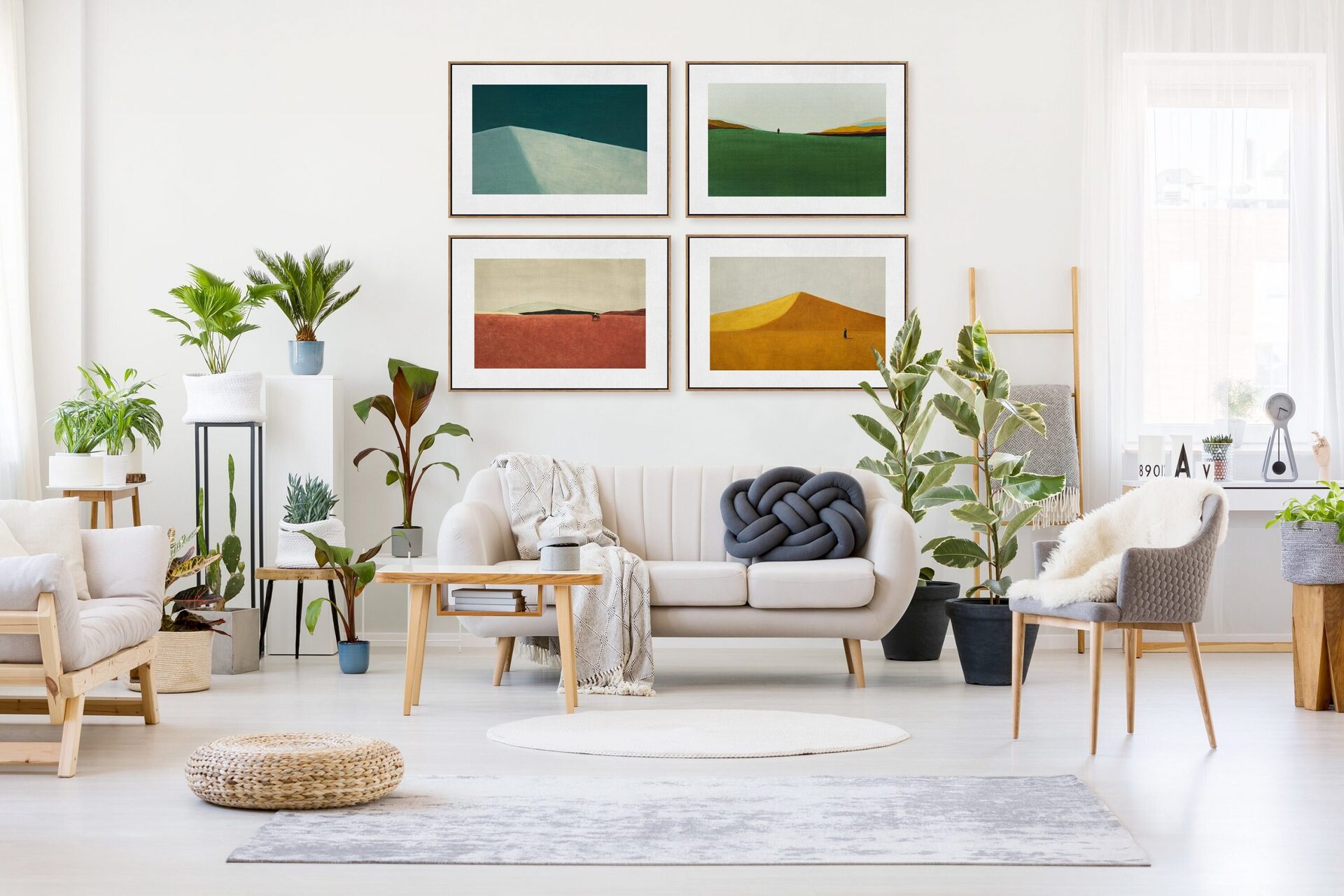
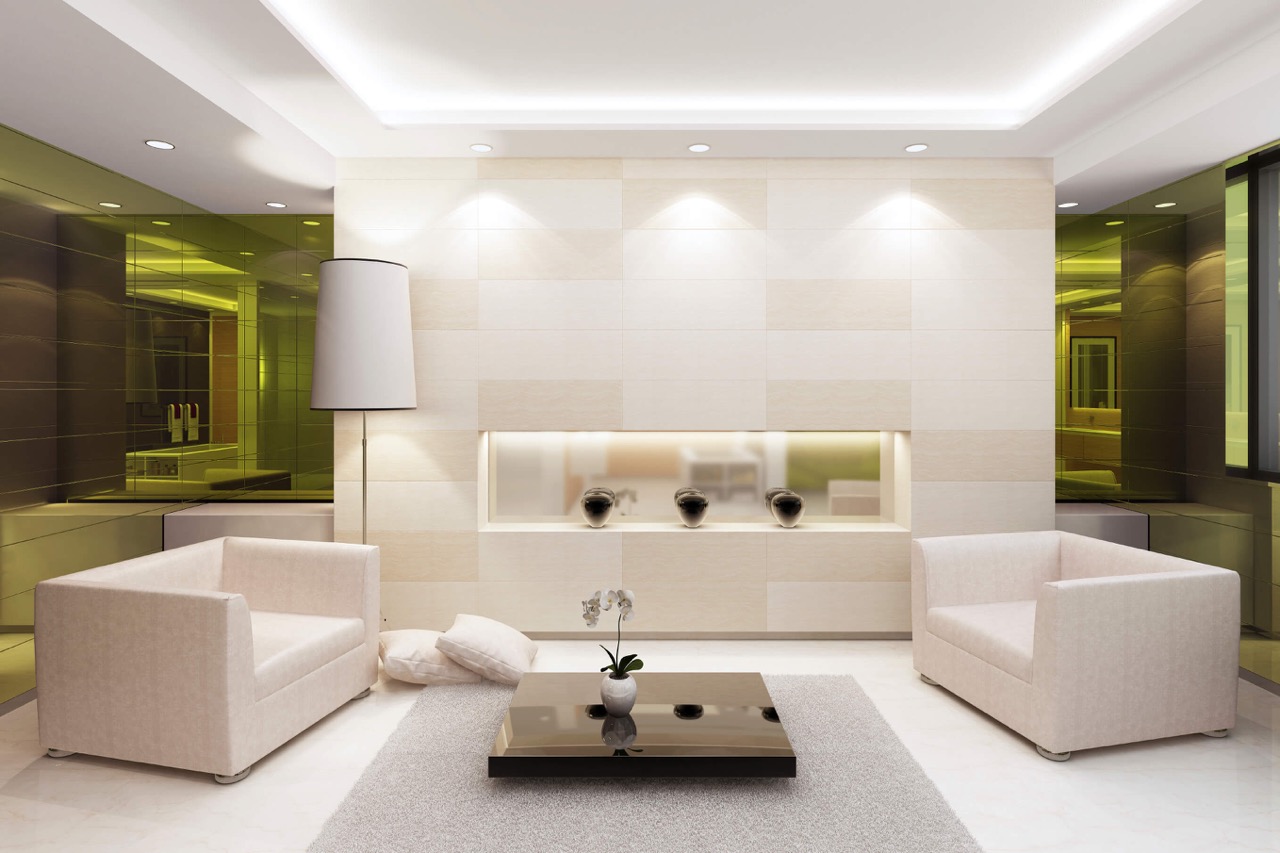
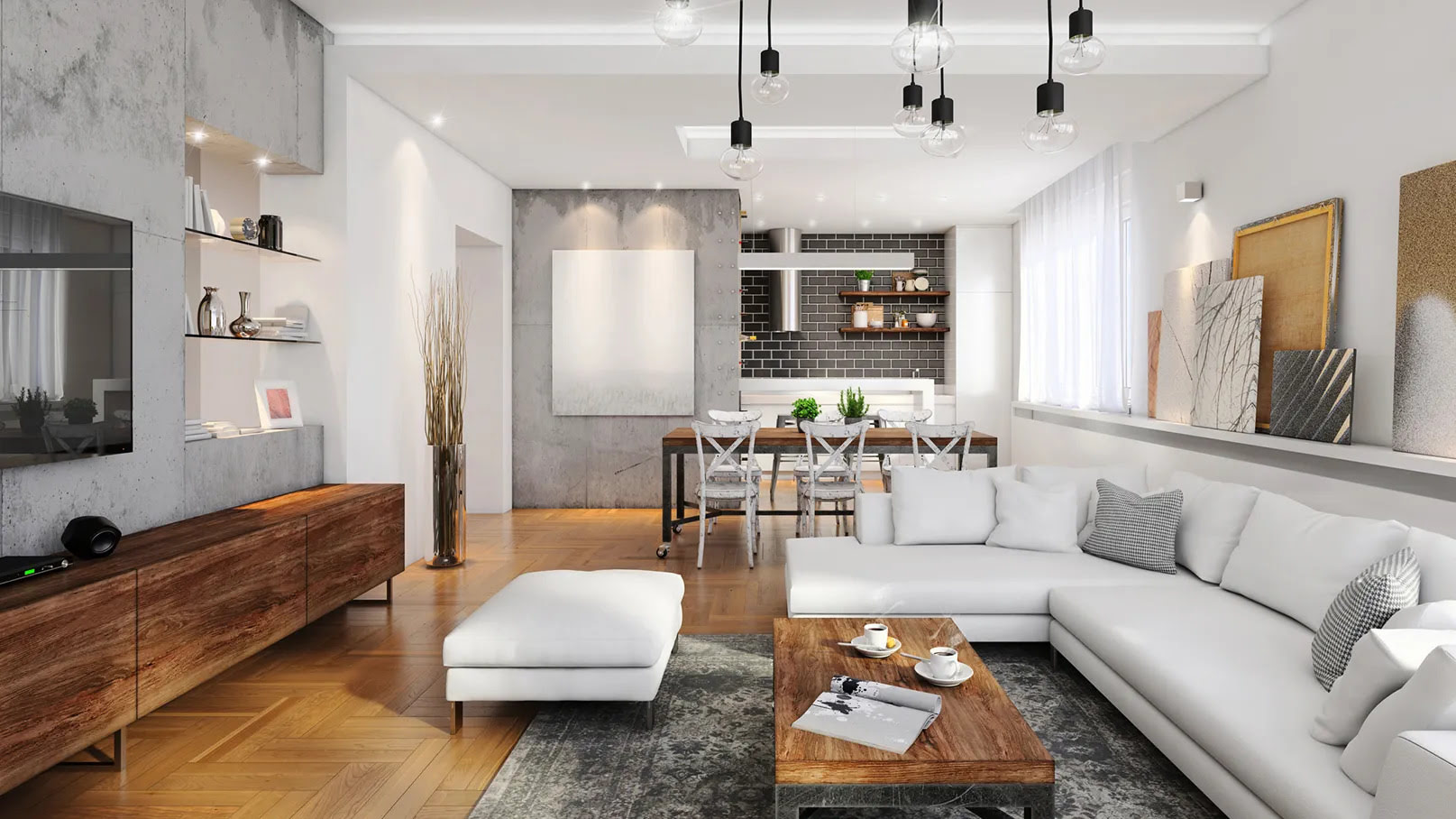
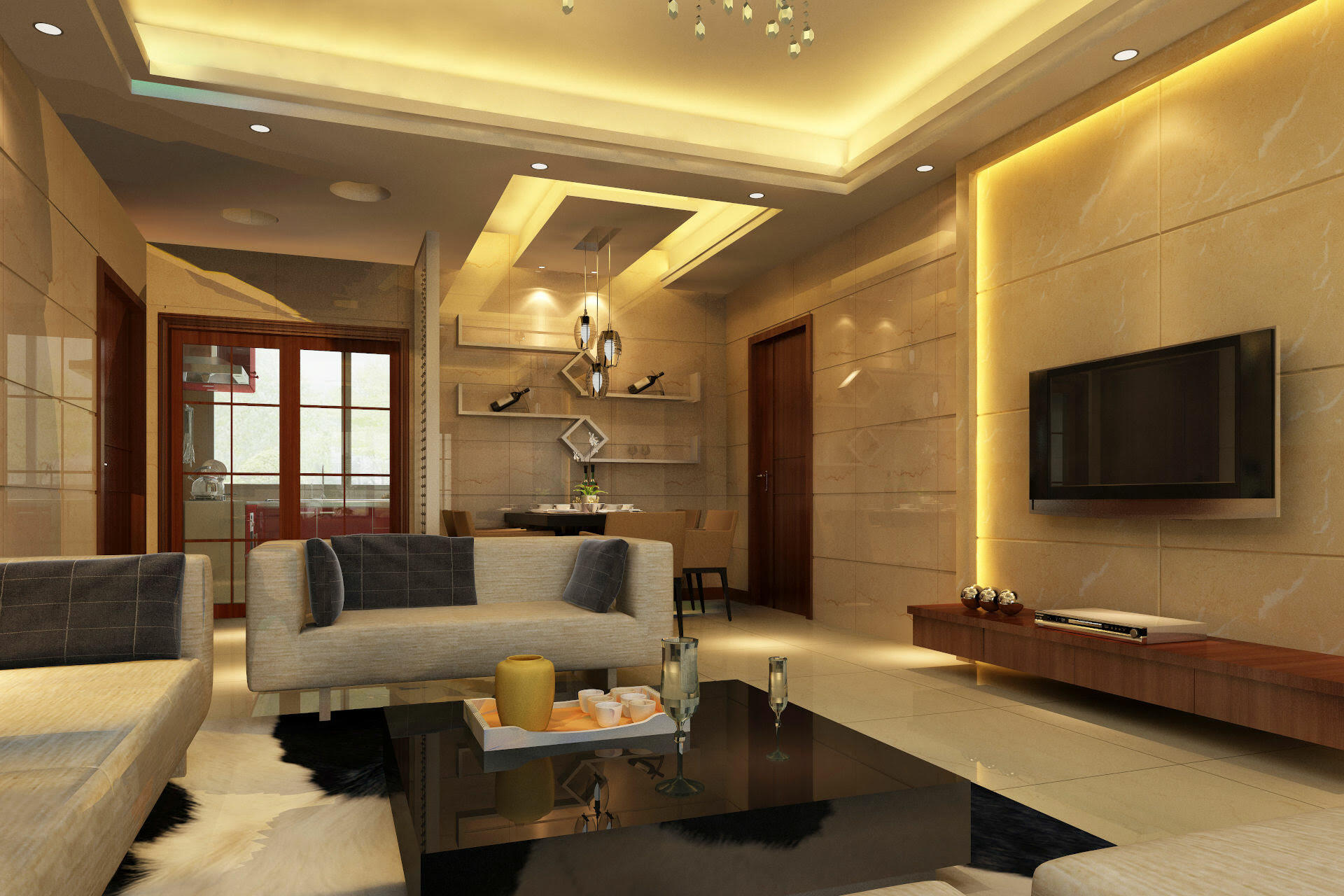
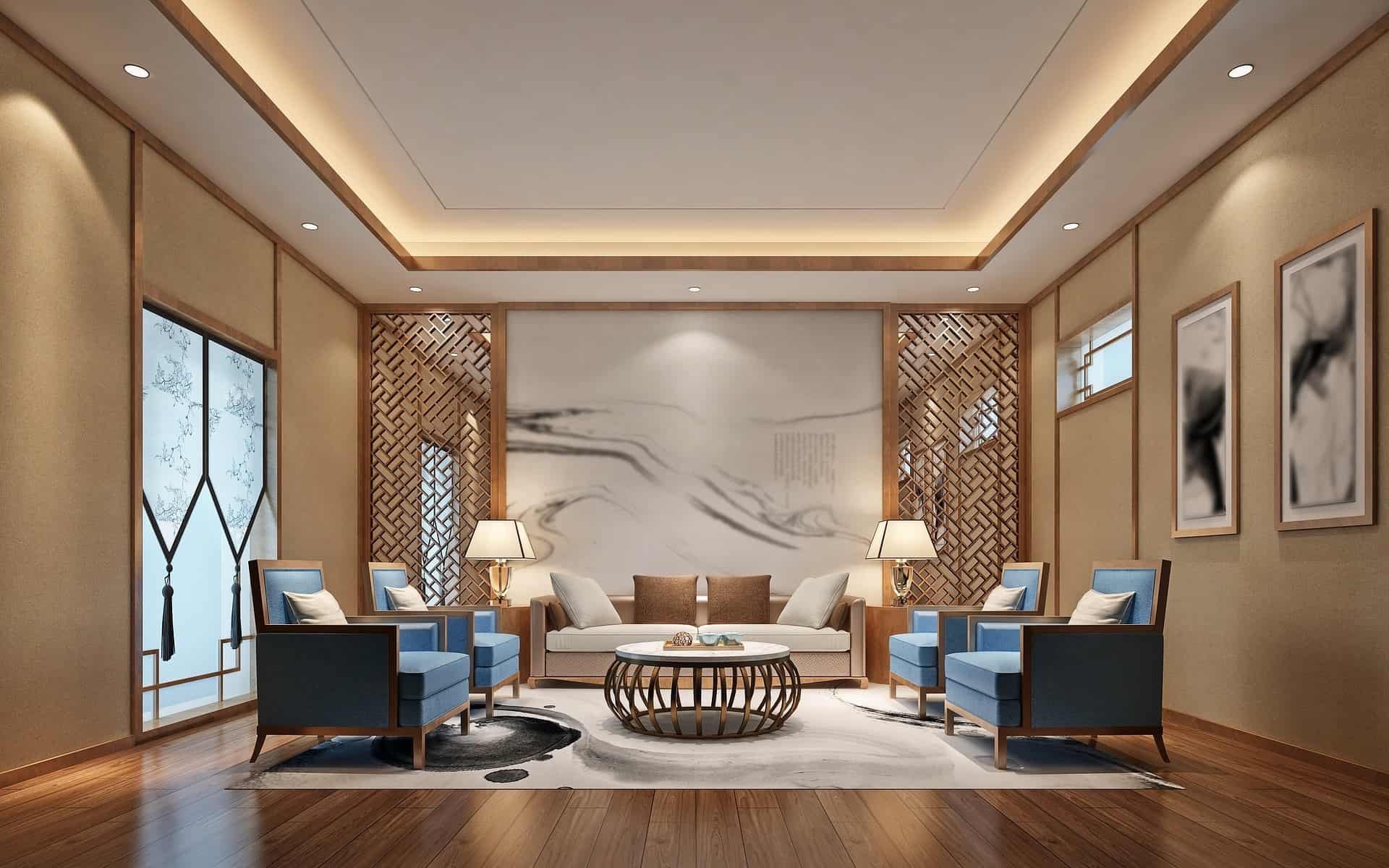
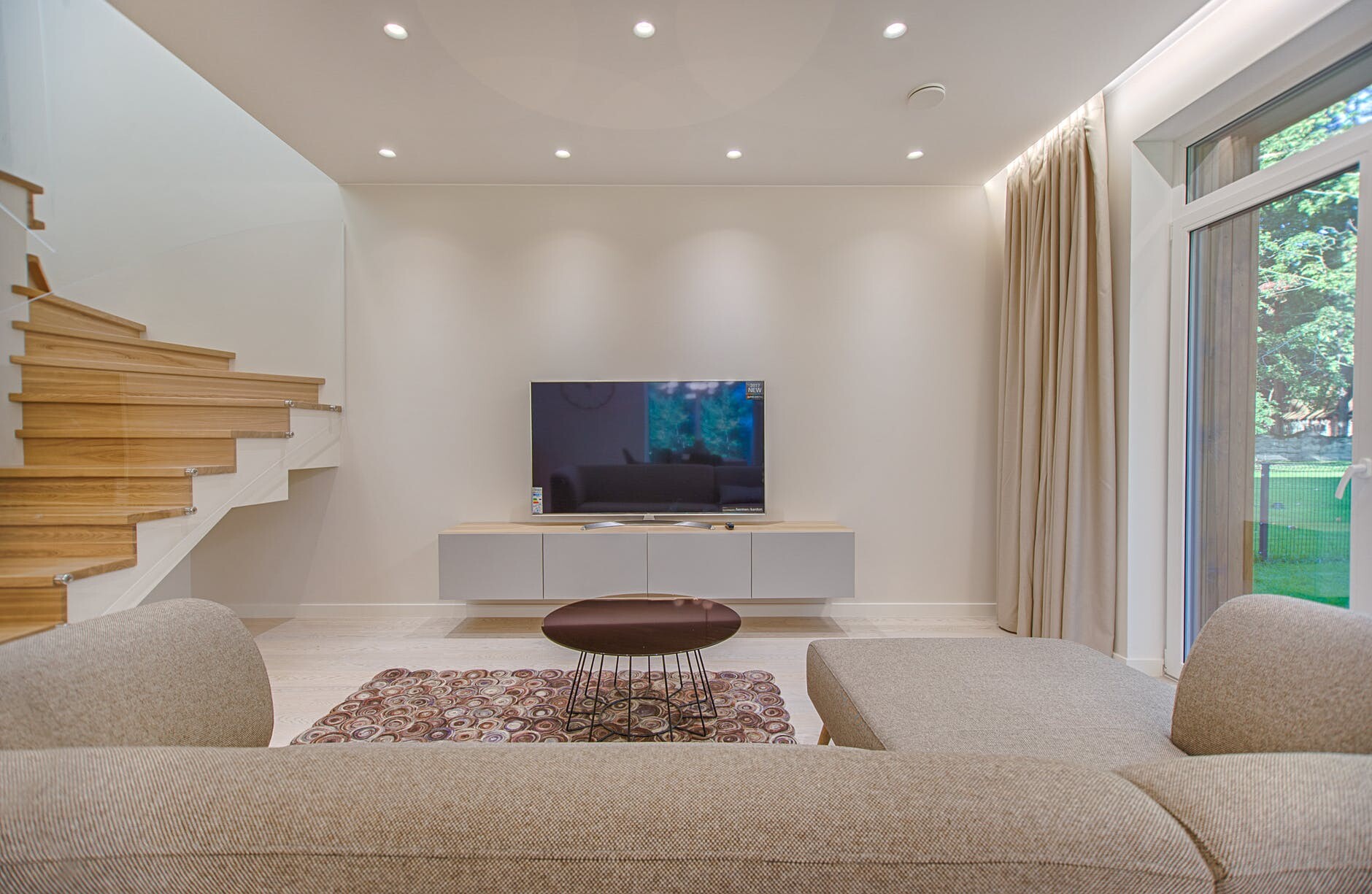
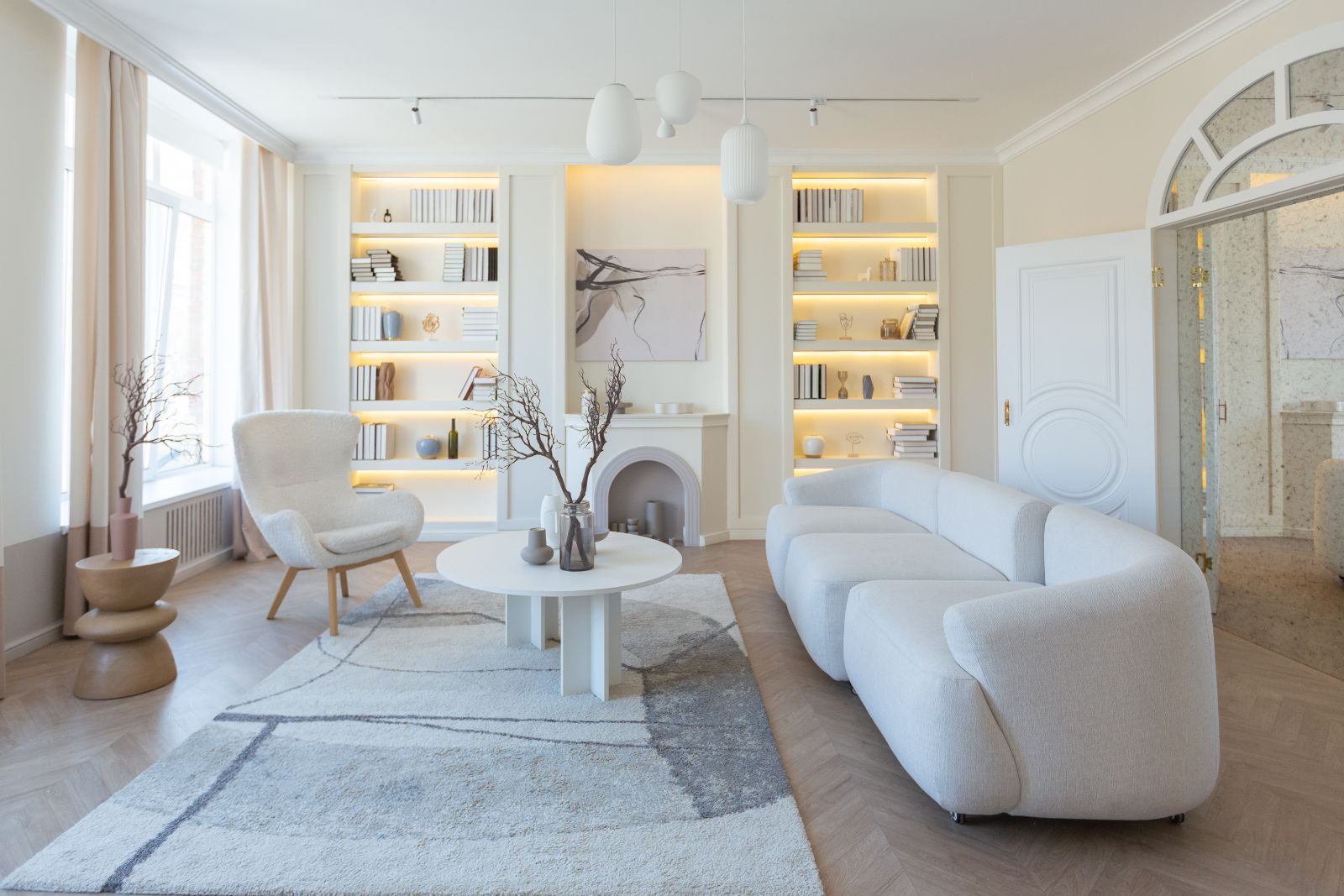
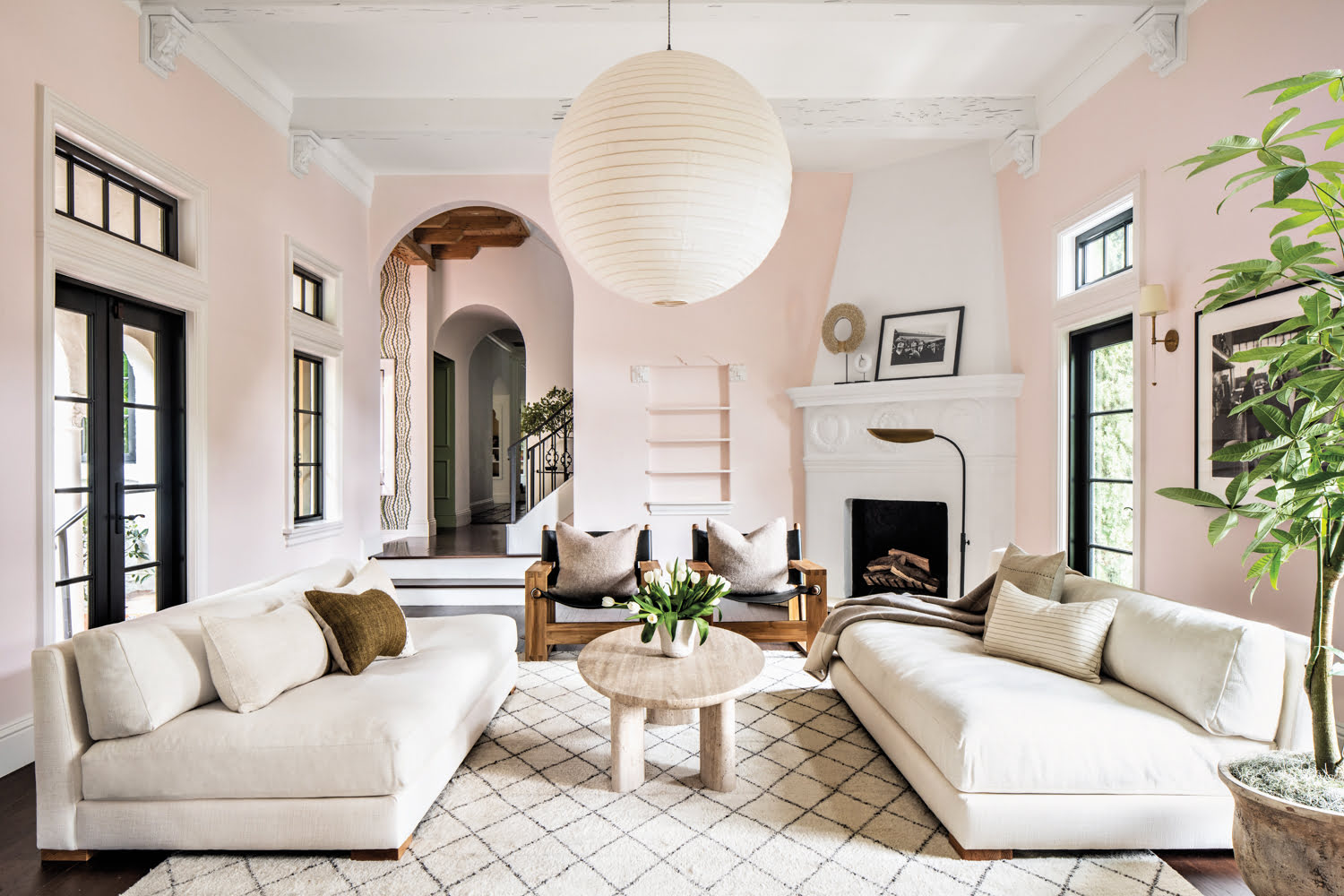
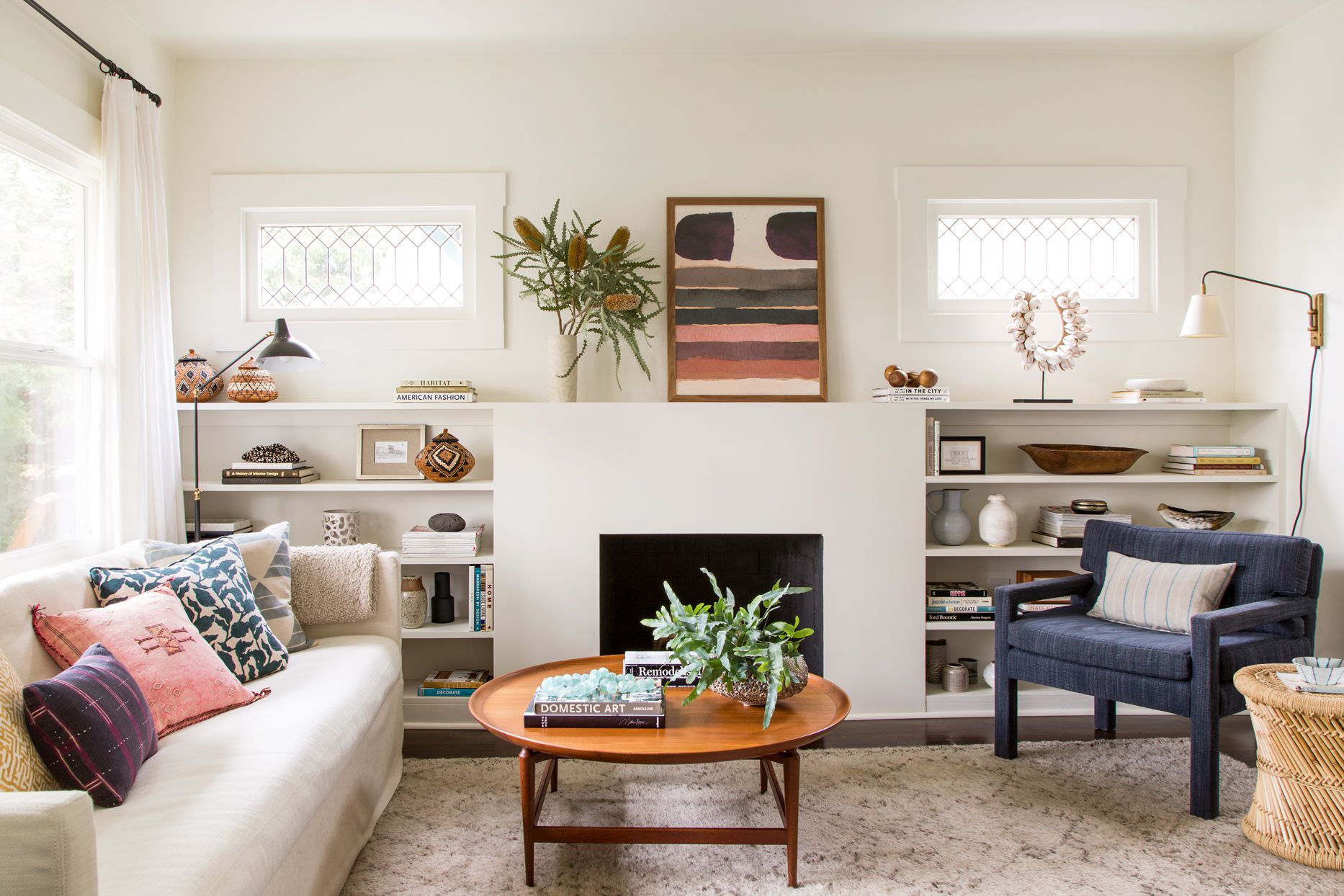
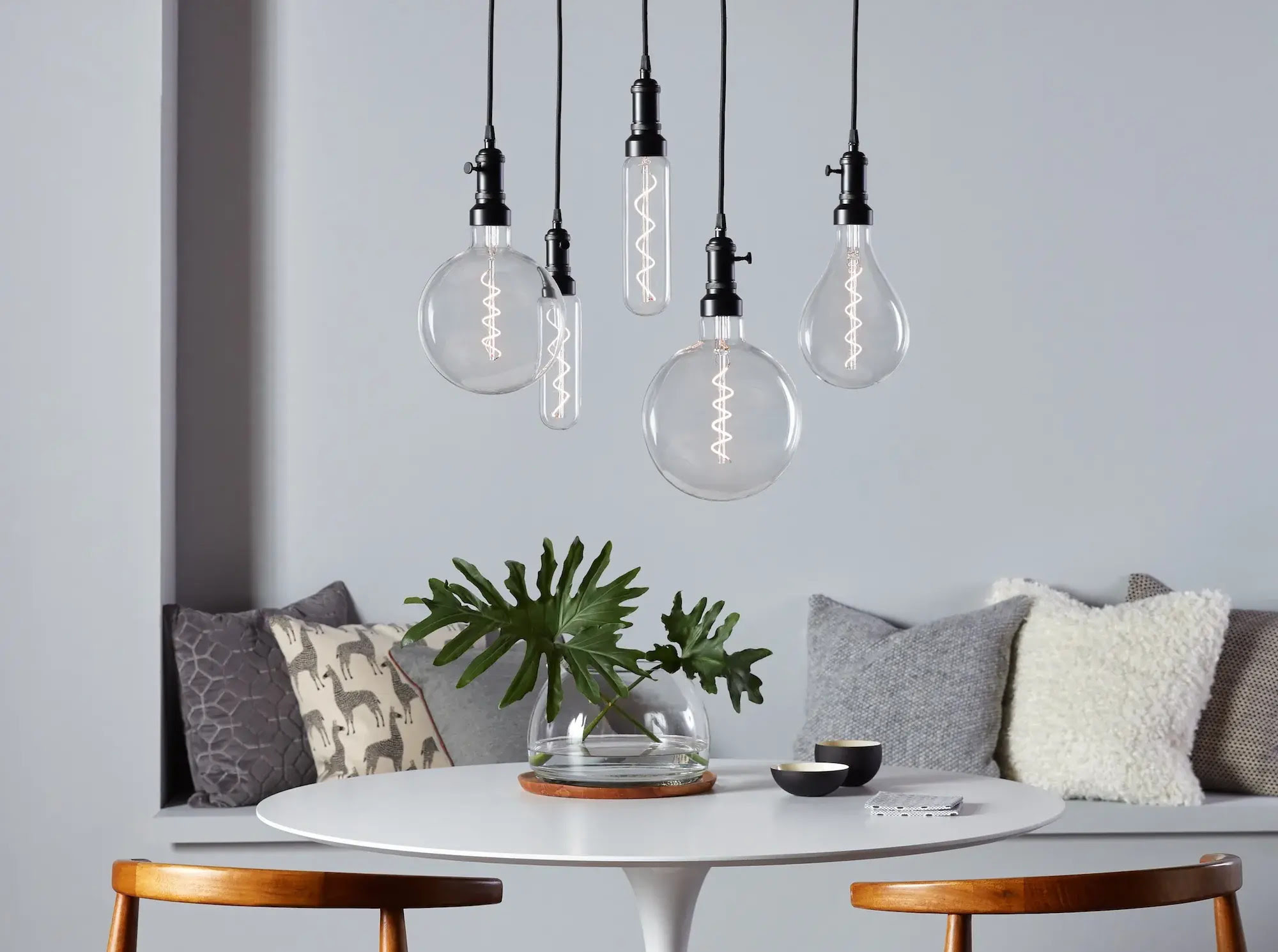

0 thoughts on “How To Light Up A Living Room With No Overhead Light”